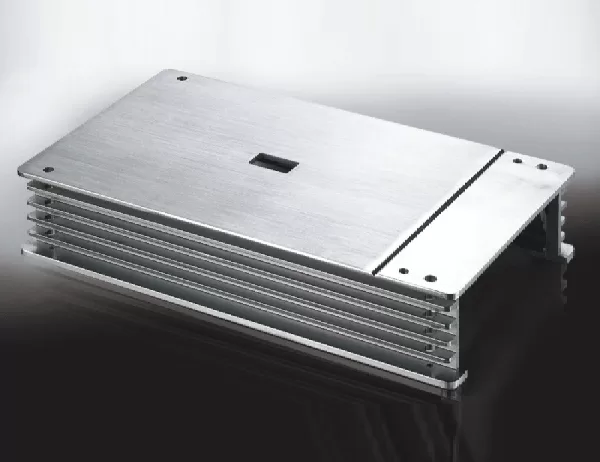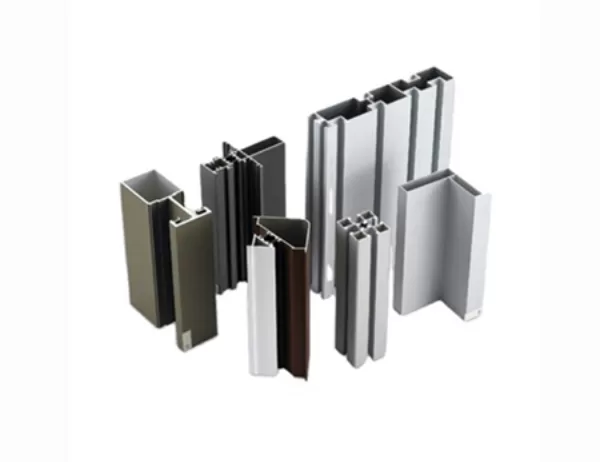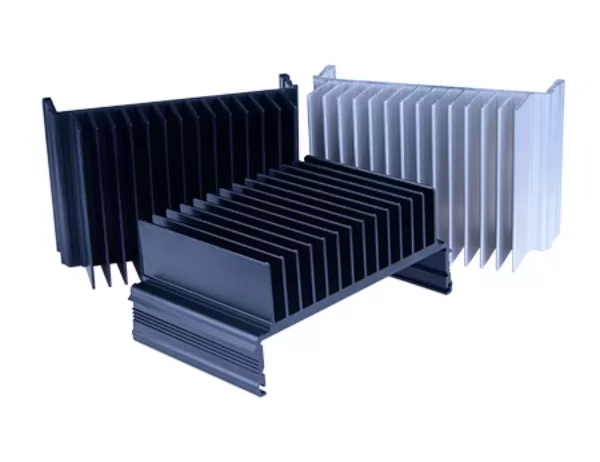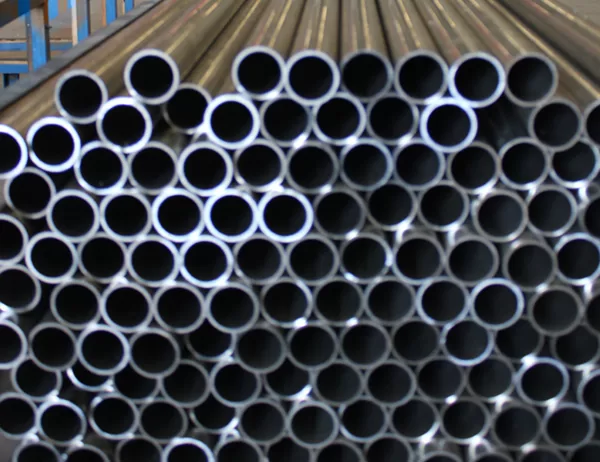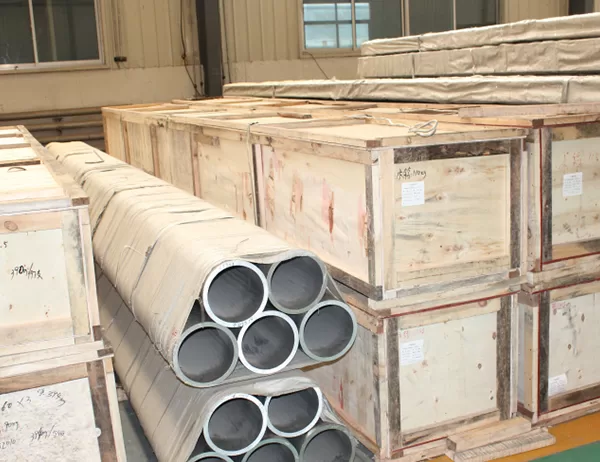Solar aluminum profiles play a crucial role in the structural integrity and performance of solar photovoltaic (PV) systems. However, like any component, they may encounter issues that can affect the system’s efficiency and longevity. This article delves into the common problems associated with solar aluminum profiles and provides a comprehensive guide to troubleshooting and resolving them effectively.
Corrosion and oxidation are major concerns for solar aluminum profiles. Exposure to harsh environmental conditions, such as extreme temperatures, moisture, and industrial pollutants, can accelerate the oxidation process, leading to surface degradation and compromising the structural integrity of the profiles. Electrolytic corrosion can also occur when dissimilar metals come into contact in the presence of moisture.
Resolving Corrosion and Oxidation:
Select corrosion-resistant alloys, such as 6000 or 7000 series aluminum, which have higher chromium and magnesium content for enhanced durability.
Apply protective coatings, such as anodizing or powder coating, to create a barrier between the aluminum and the environment.
Ensure proper drainage and ventilation to minimize moisture accumulation and prevent electrolytic corrosion.
Regular inspection and cleaning can help detect and remove corrosive agents early on.
Under excessive loads or temperature fluctuations, solar aluminum profiles can experience deformation or buckling. This can compromise the panel’s structural integrity and reduce its lifespan. Insufficient profile thickness, inadequate support, or poorly designed joints can contribute to this issue.
Resolving Deformation and Buckling:
Use profiles with appropriate thickness and strength to withstand the anticipated loads.
Provide sufficient support along the entire length of the profiles to prevent bending or warping.
Ensure proper design and installation of joints to distribute loads effectively.
Consider using anti-buckling brackets or stiffeners to enhance structural stability.
Solar aluminum profiles undergo thermal expansion and contraction due to temperature variations. If not properly accommodated, these dimensional changes can cause stress, cracking, or damage to the profiles and connected components.
Resolving Thermal Expansion and Contraction:
Use materials with similar thermal expansion coefficients to minimize differential movement.
Allow for expansion joints or gaps between profiles to accommodate thermal movement.
Secure profiles loosely to allow for movement without inducing undue stress.
Avoid over-tightening bolts or screws, as this can restrict thermal expansion.
In PV systems, electrical isolation between the aluminum profiles and other components is crucial to prevent electrical shocks and potential hazards. Improper grounding or lack of electrical isolation can lead to current leakage and safety issues.
Resolving Electrical Isolation:
Use anodized profiles with a high dielectric strength to provide electrical insulation.
Install electrical isolators or non-conductive spacers between profiles and other components.
Ensure proper grounding of the system to prevent potential electrical hazards.
Regularly inspect electrical connections and ensure they are secure and free of corrosion or damage.
By understanding the common issues associated with solar aluminum profiles and implementing proactive troubleshooting measures, system designers and installers can ensure optimal performance and longevity of their PV systems. Corrosion prevention, structural integrity, thermal stability, electrical isolation, and proper maintenance are paramount for maximizing the efficiency and safety of these critical components.
